I live in the Southern Hemisphere, so I'm used to the Crescent Moon in a "C" shape and the Waning Moon as a "D". Turns out that, in the North, the phases are the exact opposite - Crescent as a "D" and Waning as a "C". In the equatorial sky, though, the Moon walks lying, like a boat or a bow (the boat upside down). Personally, I think the Southern phases are easier to learn and recognize.
I also learned that, to know in which phase the Moon is, there are two ways:
1) If the Moon is visible in the afternoon, it is Crescent. If it appears in the morning, it's Waning. In other hours, you've got to have some notion about the Cardinal Points. If, before midnight, the Moon is in the West (where the Sun sets), it's Crescent. But, if after midnight it is seen in the East side (where the Sun rises), it is Waning.
2) Another form of discovering the Moon Phase is to notice which side the illuminated edge is turned to: for West, it's Crescent; to West, it is Waning. These two methods work for any point of the Earth you're at, except the Poles, where there is no East and West.
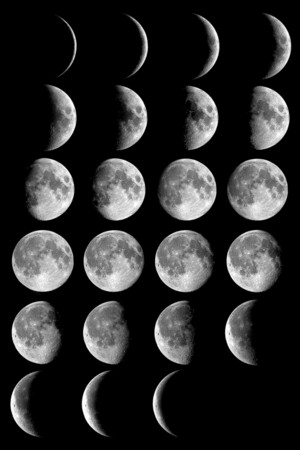
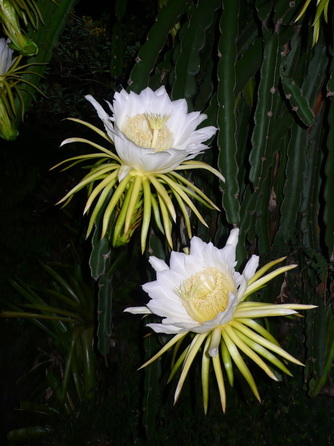
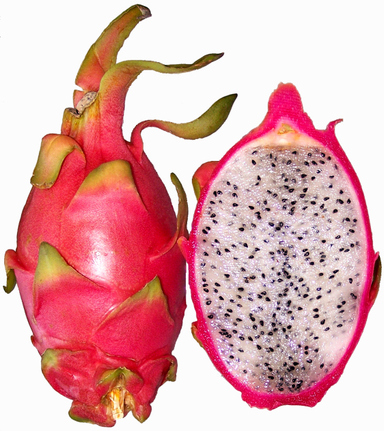
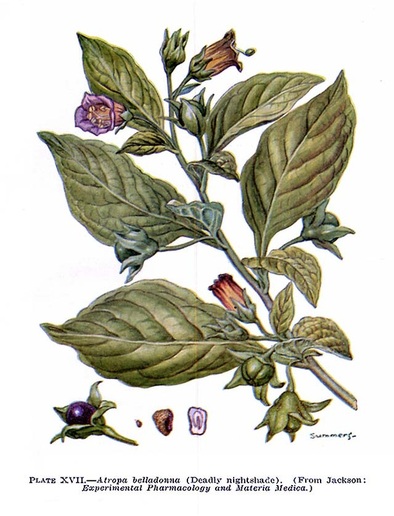

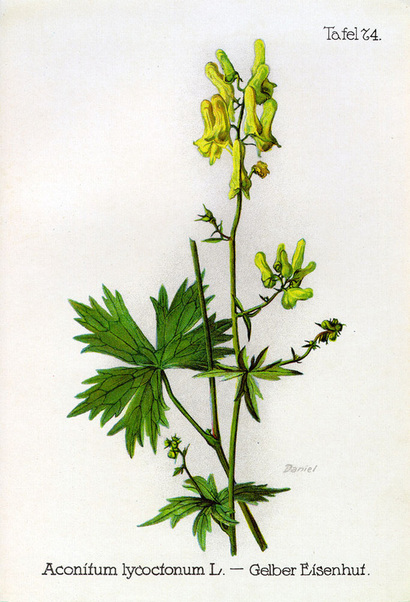

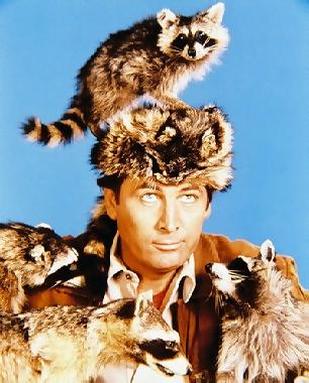



 RSS Feed
RSS Feed